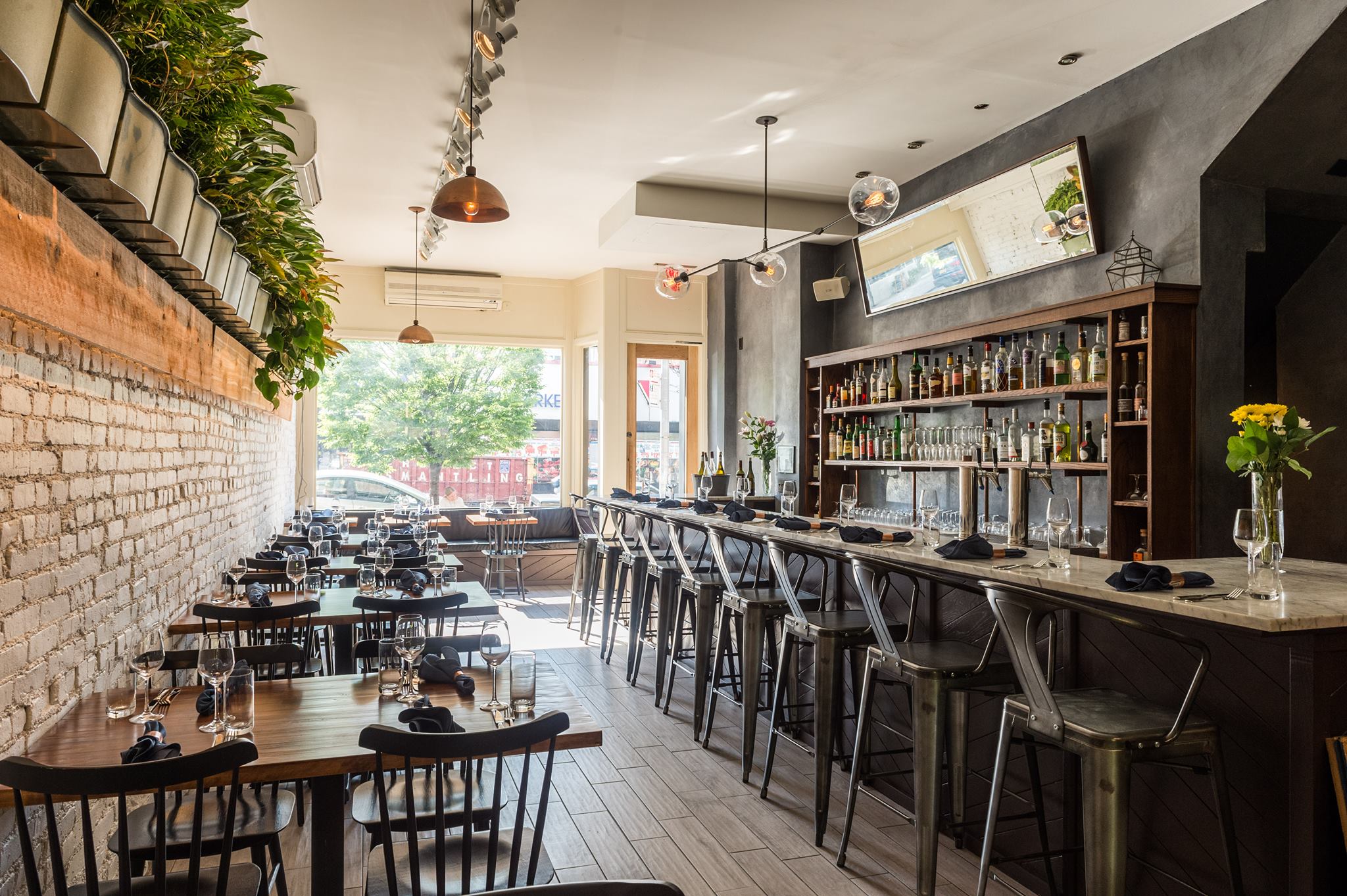The Art of Fine-Tuning the Balance Between Reservations and Walk-Ins

Photo Caption: On Mondays, Brooklyn's Olmsted doesn't take reservations, instead encouraging walk-ins only.
Skift Take
A full restaurant is great for business, but too full can be off-putting. Striking the right balance between walk-ins and reservations is crucial to success, but it's not easy.


